5 Exercises Divers Can Do, But Swimmers Probably Can’t
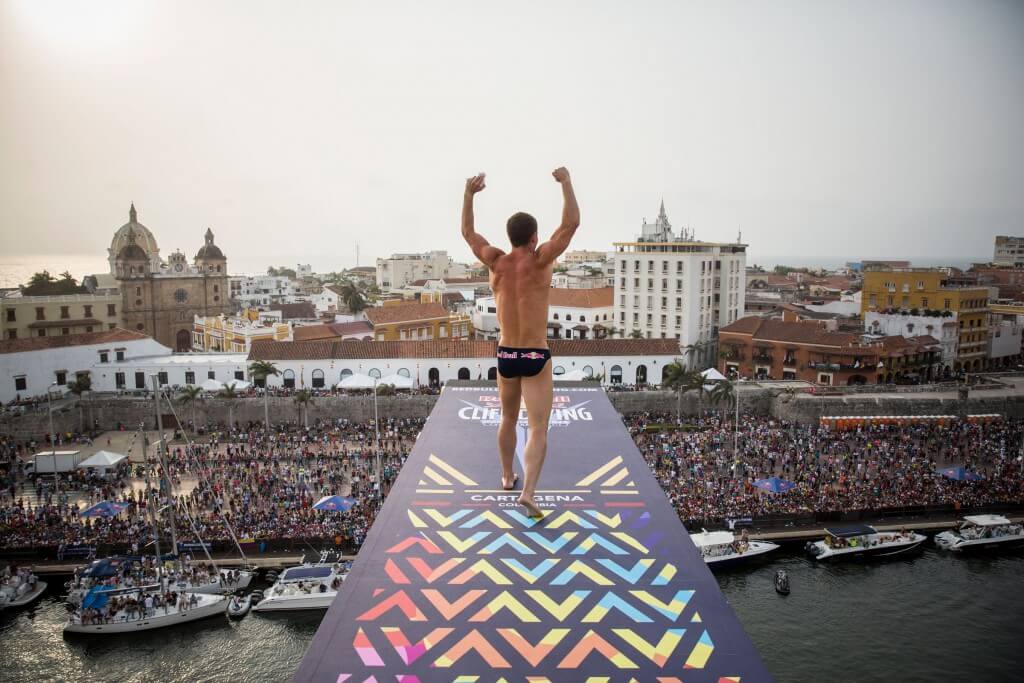
By Shelby Iava, Swimming World College Intern
Divers have to focus on different parts of their body compared to swimmers. Both sports put lots of time and devotion into working their bodyies as much as they can. At Keene State, we have fitness testing each season, and as divers some of the testing is modified for things that we as divers have to do that swimmers don’t.
1. Pike Ups
There are a few versions of pike ups. One, you hang from a pull-up bar completely straight, using your abdomen bring your legs up all the way to tap the bar with your feet, while your legs are completely straight. Another version of a pike up is where the diver lays on the ground with their arms above their head and at the same time bring your legs and arms together in the shape of a V. Both exercises work deep into your core. Many swimmers have attempted the bar pike up, but failed because their not quite flexible enough to keep their legs completely straight.
2. Handstands
Handstands are vital in diving. It’s another exercise that focuses on core and stability. Handstands improve your technique when entering the water, making sure every single part of your body is as tight as it can be for that perfect entry. It takes a lot of body control and management to be able to stand on your hands for even 10 seconds. Not only are handstands important for entries, but also for platform diving. Platform diving is almost all about handstands. The takeoffs from a platform consist of either your feet or your hands.
3. Tumbling
During practices it is advantage to have a trampoline in your facility. With help from the trampoline you can try new tricks you wouldn’t want to start off straight on the board. The trampoline can also just simply help you perfect that one dive that needs tweaking. With a trampoline there are endless opportunities for many different things including; twisting, flipping, and just working on your hurdle. Put a swimmer on a trampoline and all they’ll do is bounce.
4. Stretching
Stretching is a crucial part of any workout, especially for diving. Stretching increases flexibility and, most importantly, it warms your muscles and prevents injuries, such as pulling and tearing muscles. As a diver you basically need to fold your body in every single shape possible, whether it’s a completely closed pike, to a tuck so tight your knees touch your chest. Flexibility is a huge part of swimming as well, but if you ask a swimmer to touch their toes likelihood they can do it is pretty rare.
5. Line Ups
One of the first skills a diver learns is how to do a line ups or fall-in, essentially they are standing forward dives. This allows for the diver to practice their entries until they are perfect. There a many different types of line-ups, one general is known as the “Standing Front Fall-In.” The diver stands at the very end of the board in pike position. Then they place their arms out to the side of their body and round out their shoulders, making sure they’re as hollow as can be. They begin to rise up onto their toes, and then simply fall to the water.
As a diver is falling, their arms come up and grasp their hands above their head in a flat position, creating a tight seal. Then, they let their body do the rest, performing an underwater save at the finish.
I’m pretty sure if you told a swimmer to do a line up they would look at you and say, “What?” But that’s okay. There’ a reason why swimmers swim, and divers dive.




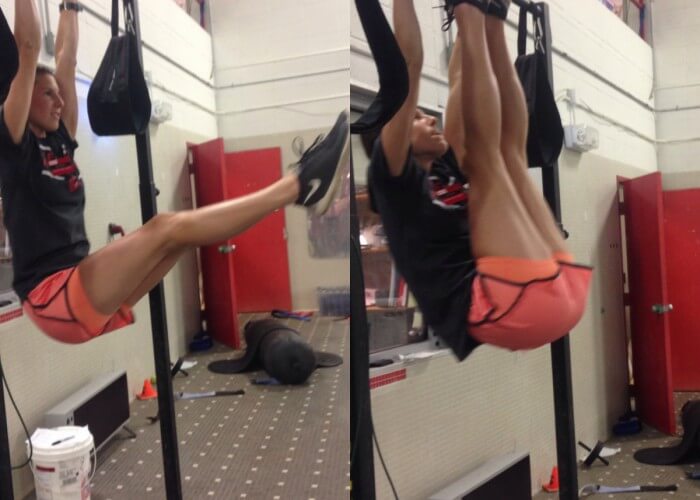
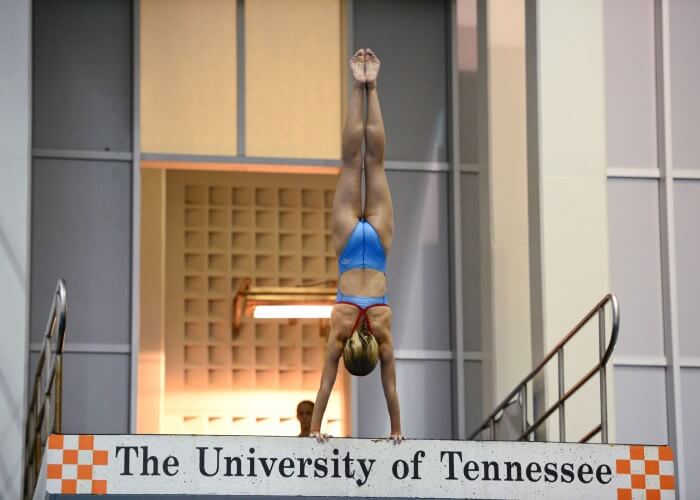
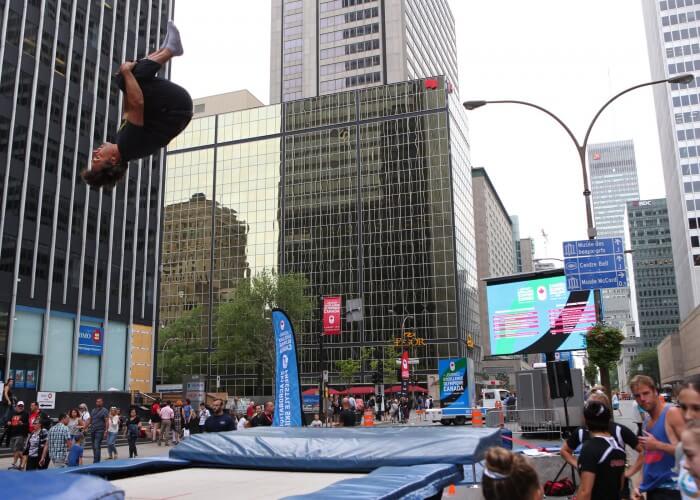
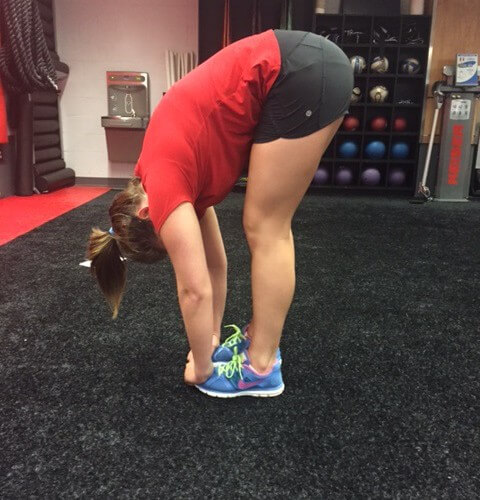
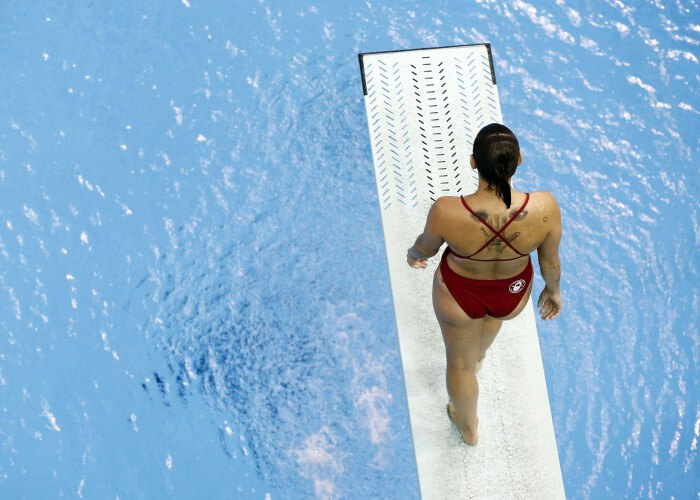
Everyone has different abilities… ??
My daughter did springboard and platform at Miami Diving. She suffered stress fractures in her vertebra and wrist fractures due to the extreme impact and twisting forces experienced by these athletes. Now she swims for UNF and daddy isn’t scared when she dives in. ?
Caryn Redelheim 🙂
I can actually do all of these and I’m a swimmer haha
Nayeli Marull made me think of you <333
Sammie Juilfs
Marshall Edwards
I’m no diver!! ?
everyone can express his opinion